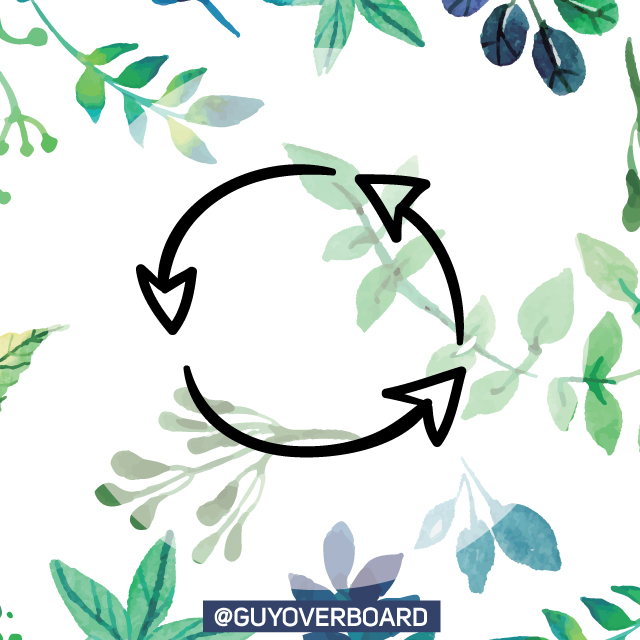
Repetitive patterns
When we feel helpless and confused with random and non-methodical events, we try to order them, gaining a sense of control over them. But as the terror of losing control forces us to grasp order and security, we often end up creating patterns that we don’t need, and we repeat them with the illusion of control. These patterns – which concern who we are, who are the others, how the world works – end up defining our behavior, which in turn shapes our reality, creating a loop.
Keep repeating the patterns without recognizing that we ended up in a loop is one of the great tragedies of life; recognize them but feel powerless to break them is one of the greatest achievements; transcending the fear of the uncertain, that underlies all these patterns of belief and behavior, it is a supreme triumph.

It is strange how the human mind, despite its capacity and its great freedom, works according to the repetitive patterns. The moon and the planets, the days and the seasons, the cycle of life and the dead have an infinite pattern, and unconsciously the mind echoes these cycles. The thoughts are looped, repeating patterns established so long before we often do not even remember their origin, or why we gave it that meaning. And even when these patterns fail so much that they lead us to desire something else, even when they trap us and make us feel tired of ourselves, even when they make us lose touch with the truth every time, we still don’t resist them. We call these patterns “our nature” and we let manage from them as if it were the result of a force outside of us, the way that an irrelevant moon influences the sea.
The fear of breaking patterns
It’s in our power to break these patterns, “violate” what “our nature” has chosen to think – and to see, and to act – in a different way. This requires a great effort and a great concentration. Although it is not laziness that stops us from breaking the mold: it is fear. We can say that fear is the otherwise irrelevant moon that we allow to govern the far larger nature of our minds.
So to break patterns we must have a contact with our fears. The fear of a blank canvas or an empty side of life, something that paralyzes us and tells us that we can’t do anything. It is an abstract fear, even if it finds a way to take infinite shapes. Today it may be the fear of failure, tomorrow the fear of what others think of us, and then the fear of discovering that the worst things we suspect of ourselves are true.

Fear, being an anticipation, is not based on knowledge. It is a mental calculation based on an uncertain future. The experience of fear is the experience of having an unassailable conviction. Being afraid that the plane will fall is to assume that the plane will fall. Courage, on the other hand, is always more intelligent than fear, since it is based on the knowledge of what everyone knows about himself (the knowledge of his own strength, his abilities, his passion).
The emptiness and the sign
And we are facing the blank canvas. A blank canvas that reflects both our fear and our opportunity to break it. For the Jews, the white space – the Chalal Panui – has a great importance because it is the necessary condition for the creation of God of the world. How can Ein Sof – the endless being, as God is called in Kabbalah – create something without being infinite? And how can the paradox of a God simultaneously absent and present in the world be explained? The answer to this, according to Kabbalah, is that when God had the will to create the world, he first withdrew, leaving a void. To create the world, God had to create an empty space.
We can say that the first act of creation is not a sign, it is the cancellation of the infinity that exists before the sign. Making a sign means remembering that we are human. It means to break, to violate, the illusion that we are nature that follows patterns that go to infinity. But it is also the confirmation of our knowledge and freedom, which is all we have in the world.



